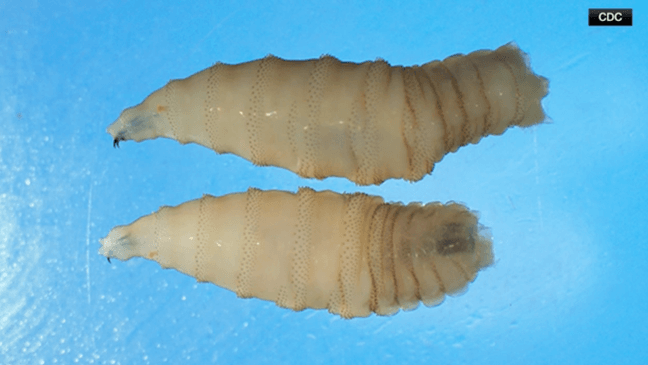Understanding Screwworm Infestation and Its Impact

Introduction
Screwworms, particularly the New World screwworm (Cochliomyia hominivorax), are a serious threat to livestock across North America and beyond. Known for their carnivorous larvae that infest wounds, these pests can cause significant harm to animal health and agricultural productivity. With recent reports of infestations in various locations, it becomes crucial to understand their impact and relevance to farming communities.
Current Events and Recent Reports
In recent months, researchers have recorded an increase in screwworm infestations in parts of the southern United States, prompting concern among farmers and veterinary experts. The United States Department of Agriculture (USDA) has issued alerts regarding the spread of screwworms and implemented monitoring programs to curb their impact. Strategies have included the release of sterile male flies to disrupt the reproduction cycle, along with a rigorous inspection of livestock.
In Florida, a new case of screwworm was detected on a cattle ranch, reigniting fears of a wider outbreak. The screwworm was declared eradicated in the United States in 1982 after considerable efforts, including the use of biological control mechanisms. However, with the latest sightings, experts warn that vigilance is vital.
The Impact on Livestock and Agriculture
The presence of screwworm larvae in livestock can lead to severe health complications, including infections and even death. Infestations create economic strains for farmers due to increased veterinary care, loss of livestock, and heightened biosecurity measures. The economic implications can ripple through local economies, affecting feed suppliers, veterinarians, and ancillary businesses.
Prevention and monitoring of screwworm infestations are essential for protecting livestock. Educating livestock owners about the signs of screwworm infestation is crucial, as early detection can significantly reduce the impact of an outbreak.
Conclusion
With recent reports of screwworm infestations, it is evident that agricultural communities must remain vigilant. Monitoring programs, the use of sterile insect techniques, and awareness campaigns are essential to mitigate the risks posed by these pests. As researchers continue to study the behavior and ecology of the screwworm, the agricultural sector must remain committed to ensuring livestock health and preserving economic stability. Farmers are urged to regularly inspect their herds and report any suspicious wounds to prevent a resurgence of these hazardous pests.









